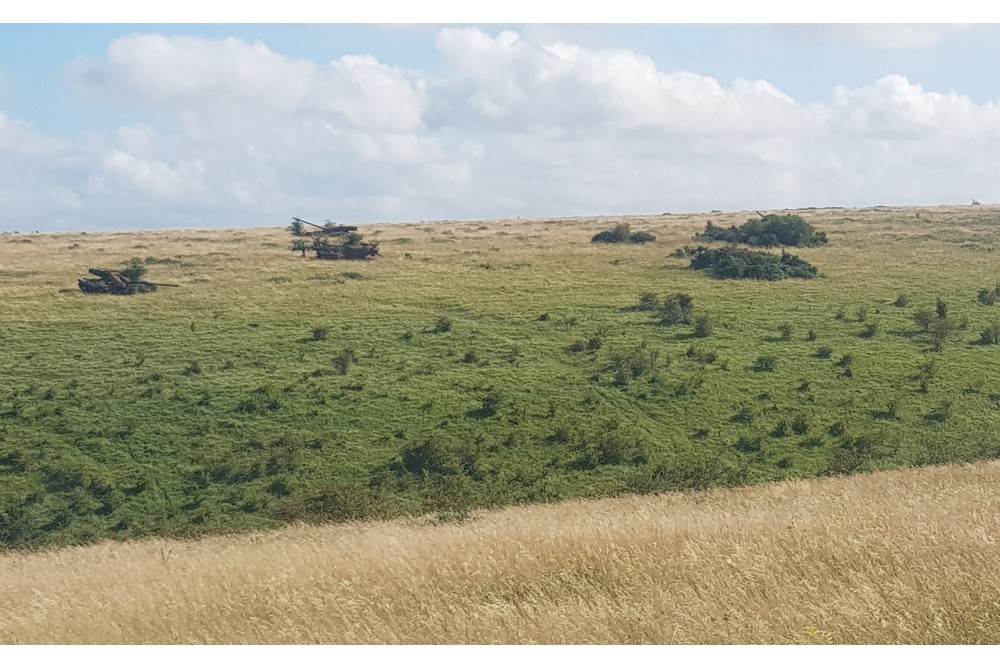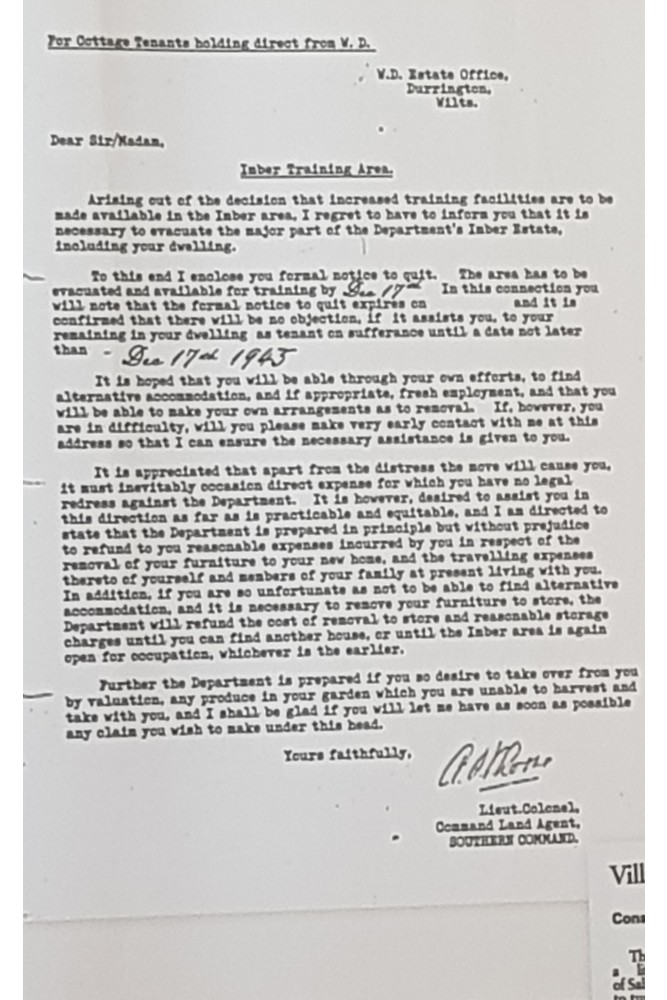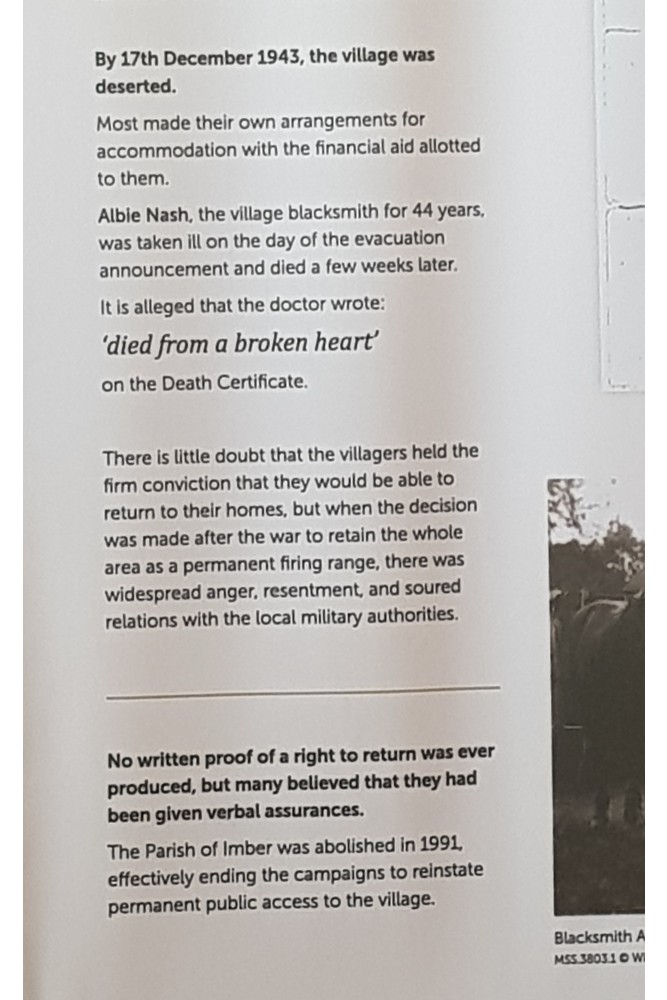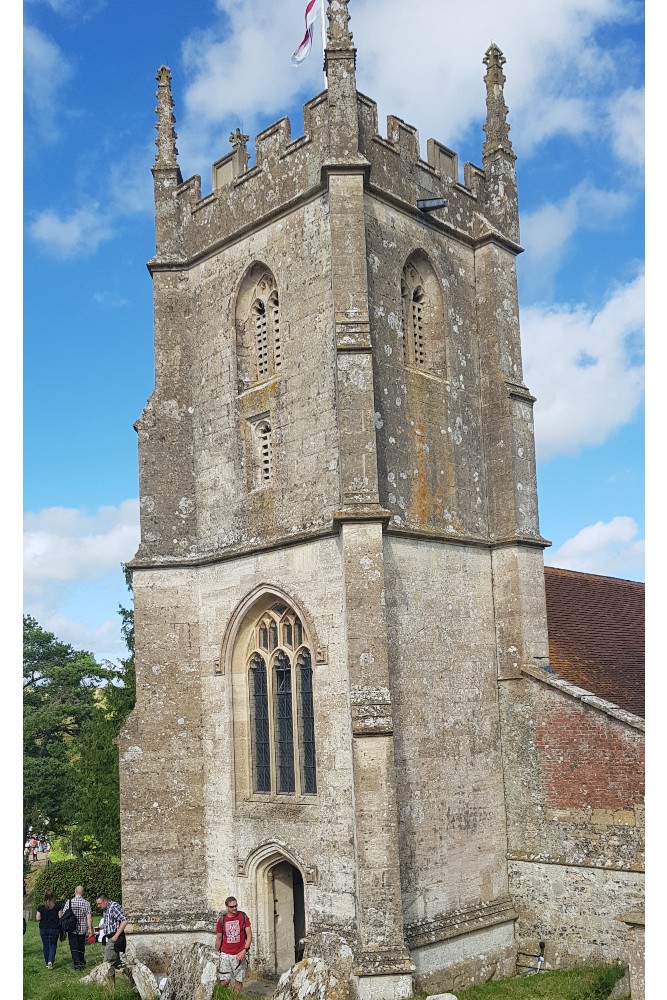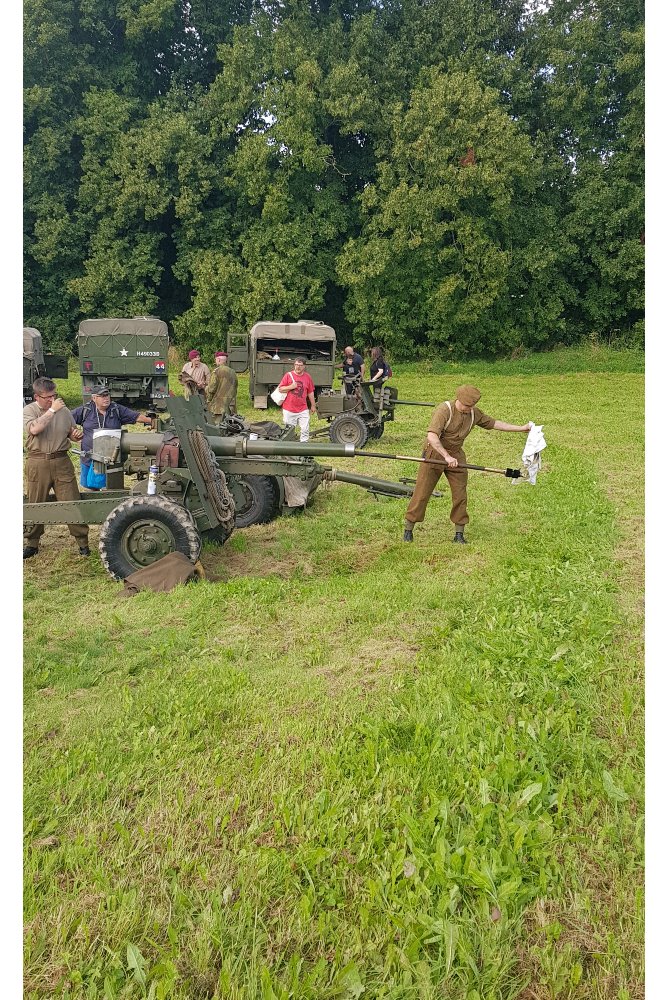Imber Village
Beginning in the 1920s the British War Office began to buy up areas of Salisbury Plain around Imber village to form military training grounds. By the outbreak of the second World War only the church, vicarage, schoolroom and the Bell Inn remained not under the control of the Army.
On the 1 November 1943 the remaining inhabitants of Imber were gathered in the schoolroom and given 47 days notice to evacuate their homes. The US Army needed to prepare for the Invasion of Europe and Imber was now in the middle of an artillery range. Most villagers accepted the evacuation in the belief that they would either soon return or be well compensated. The village blacksmith of 40 years was said to have been found sobbing over his anvil and was the first resident to die and be returned to Imber for burial. The belief that the villagers would return was so strong that the brewery who owned the Bell inn continued to renew its alcohol licence until the late 1950s. A rally was held in 1961 attended by over 2000 people but a public enquiry found in favour of Imber's continued military use particularly in urban warfare.
The Ministry of Defence allows general public access to the village and St Giles church on certain days throughout the year including St Giles Day, Christmas Carol service, Remembrance Sunday and since 2009, Imber Bus Day. ImberBus day involves the public being able to visit Imber and the surrounding villages of Tilshead, Chitterne, Market Lavington and West Lavington on historic buses starting from Warminster by driving across the military training grounds of Salisbury Plain, In 2023 historic re-enactors fired blanks from WW2 vintage 2 pounder and 25 pounder artillery pieces from the field in front of St Giles Church.
Do you have more information about this location? Inform us!
Source
- Text: Sharky Ward
- Photos: Anthony (Sharky) Ward
Nearby
Museum
Point of interest
- SOE Establishment - STS 63 Erlestoke Park - Erlestoke
- Memorials All Saints & St Mary's Church - Chitterne
Monument
- War Memorial at St. Giles Church - Imber
- War Memorial inside St. Giles Church - Imber
- War Memorial Chitterne - Chitterne
Cemetery
- Commonwealth War Graves Holy Saviour Churchyard - Erlestoke
- Commonwealth War Graves St James Churchyard - Bratton
- Commonwealth War Graves St. Mary, St. Katherine and All Saints Churchyard - Edington
